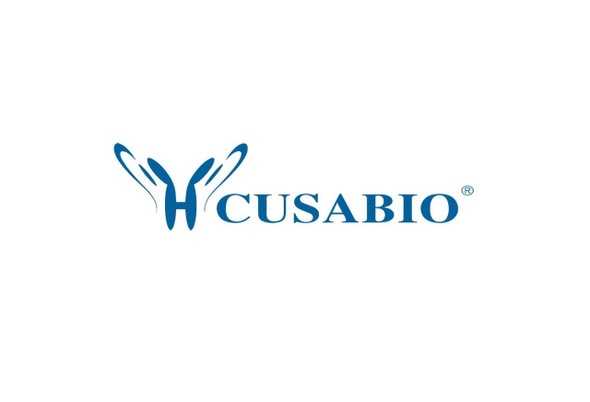Cusabio Active Proteins
Recombinant Human Fibroblast growth factor 9 protein (FGF9) (Active) | CSB-AP002431HU
- SKU:
- CSB-AP002431HU
- Availability:
- 5 to 10 Working Days
Description
Recombinant Human Fibroblast growth factor 9 protein (FGF9) (Active) | CSB-AP002431HU | Cusabio
Protein Description: Partial
Alternative Name (s) : FGF-9, GAF, Heparin-binding growth factor 9, HBGF-9,
Gene Names: FGF9
Research Areas: Cancer
Species: Homo sapiens (Human)
Source: E.Coli
Tag Info: Tag-Free
Expression Region: 2-208aa
Sequence Info: APLGEVGNYF GVQDAVPFGN VPVLPVDSPV LLSDHLGQSE AGGLPRGPAV TDLDHLKGIL RRRQLYCRTG FHLEIFPNGT IQGTRKDHSR FGILEFISIA VGLVSIRGVD SGLYLGMNEK GELYGSEKLT QECVFREQFE ENWYNTYSSN LYKHVDTGRR YYVALNKDGT PREGTRTKRH QKFTHFLPRP VDPDKVPELY KDILSQS
Biological Activity: Fully biologically active when compared to standard. The ED50 as determined by thymidine uptake assay using FGF-receptors transfected BaF3 cells is less than 0.5 ng/ml, corresponding to a specific activity of > 2.0 × 106 IU/mg.
MW: 23.3 kDa
Purity: >95% as determined by SDS-PAGE and HPLC.
Endotoxin: Less than 1.0 EU/µg as determined by LAL method.
Relevance: Plays an important role in the regulation of embryonic development, cell proliferation, cell differentiation and cell migration. May have a role in glial cell growth and differentiation during development, gliosis during repair and regeneration of brain tissue after damage, differentiation and survival of neuronal cells, and growth stimulation of glial tumors. {ECO:0000269|PubMed:16597617, ECO:0000269|PubMed:8663044}.
PubMed ID: 8321227; 14702039; 15057823; 15489334; 8428960; 8663044; 16597617; 20094046; 11223514; 11060292; 19589401
Notes: Repeated freezing and thawing is not recommended. Store working aliquots at 4℃ for up to one week.
Function: Plays an important role in the regulation of embryonic development, cell proliferation, cell differentiation and cell migration. May have a role in glial cell growth and differentiation during development, gliosis during repair and regeneration of brain tissue after damage, differentiation and survival of neuronal cells, and growth stimulation of glial tumors.
Involvement in disease: Multiple synostoses syndrome 3 (SYNS3)
Subcellular Location: Secreted
Protein Families: Heparin-binding growth factors family
Tissue Specificity: Glial cells.
Paythway: MAPKsignalingpathway
Form: Lyophilized powder
Buffer: Lyophilized from a 0.2 µm filtered PBS, pH 7.4
Reconstitution: We recommend that this vial be briefly centrifuged prior to opening to bring the contents to the bottom. Please reconstitute protein in deionized sterile water to a concentration of 0.1-1.0 mg/mL.We recommend to add 5-50% of glycerol (final concentration) and aliquot for long-term storage at -20℃/-80℃. Our default final concentration of glycerol is 50%. Customers could use it as reference.
Uniprot ID: P31371
Uniprot Entry Name: FGF9_HUMAN
HGNC Database Link: HGNC
UniGene Database Link: UniGene
KEGG Database Link: KEGG
STRING Database Link: STRING
OMIM Database Link: OMIM









